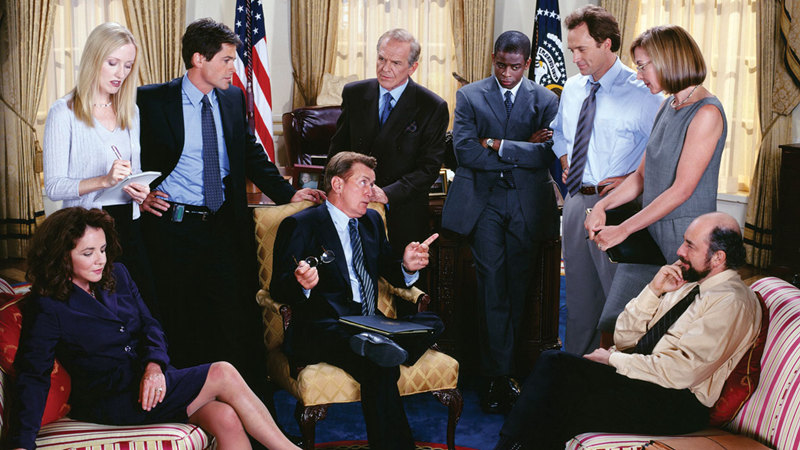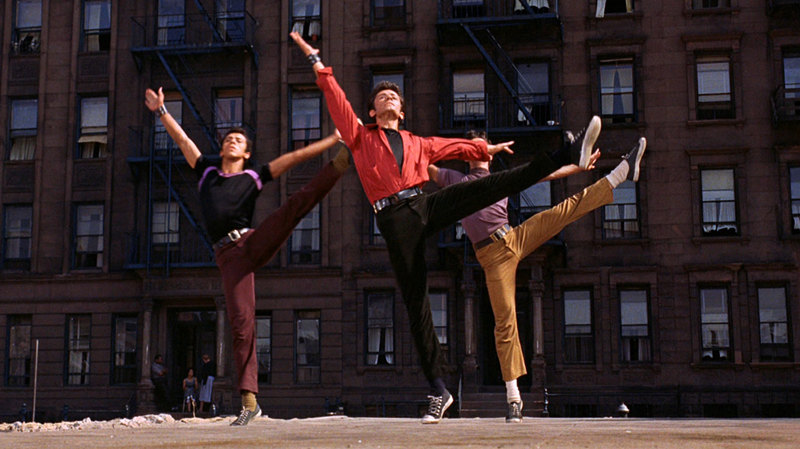The main body of this review was written by John Puccio in regards to Criterion’s 2000 SD release of “Lord of the Flies,” one of the earlier films in the Criterion Collection (Spine # 43). The other sections are written by Christopher Long and address the 2013 Blu-ray upgrade by Criterion.
The Film According to John:
William Golding’s symbolic novel, “Lord of the Flies”, written in 1954 has twice been made into films, in 1963 and again in 1991. The less said about the newer version, the better, but director Peter Brook’s earlier screen adaptation succeeds fairly well in conveying the book’s points.
The story deals allegorically with the conflict between Man’s deep-rooted savagery and his humanizing ability to reason. As Golding sees things, we cannot avoid moral disintegration without sensible laws and ethical behavior.
The framework for the story concerns a group of young British school children, aged six to twelve, who in the course of being evacuated from a private boarding school during a mythical war are shot down in their plane and crash-land on a deserted tropical island. The adults on the aircraft are killed, leaving the children to fend for themselves. In showing how the kids try unsuccessfully to duplicate the adult world of rules and regulations, Golding is able to build a picture in microcosm of the problems of civilization. As the author once stated in a publicity questionnaire, “The theme is an attempt to trace the defects of society back to the defects of human nature. The moral is that the shape of a society must depend on the ethical nature of the individual and not on any political system, however apparently logical or respectable.”
Golding goes on to say, “The whole book is symbolic in nature…,” which is true, but a good fable needs grounding in a good story, and the author provides a rousing adventure, too. As time goes on, the children become more barbarous and more willing to follow any leader who will provide them comfort, food, and fun, regardless of cost. In addition to its being a treatise on the decay of humanity, the narrative offers a fundamental profile of human psychology, with each of the children representing a different aspect of the individual psyche. Part of the fun of the book is observing the behavior of the children and trying to determine which part they play in one’s own makeup. The idea is only slightly lost in the movie translation.
Sir Peter Brook, long associated with stage productions, shot his film as inexpensively as possible. He was able to use an island off the coast of Puerto Rico for free, courtesy of Woolworth’s in exchange for a screen credit. His camera and sound crew were minimal, and they took no editing equipment with them. They shot over sixty hours of film and then condensed it to a mere ninety minutes during the next year.
The young actors were mostly amateurs, auditioned from among thousands who applied for the roles. Brook wanted children who not only looked right but would behave as naturally as possible, and he certainly achieved his goal. Unfortunately, the kids often act awkwardly in the film, too, and nothing can be done with the long, clumsy silences that frequently plague the characters’ exchanges of dialogue. The boy who plays Piggy, though, Hugh Edwards, is a perfect delight. He had sent the director a letter saying, “I am fat and wear spectacles,” along with a crumpled photograph of himself and immediately got the job. The most charming scene in the film has Piggy explaining to a group of “littluns” how his hometown got its name changed. It’s a sweet, quiet moment amidst the enveloping turmoil. James Aubrey plays Ralph, the charismatic leader of the group, and Tom Chapin plays Jack, Ralph’s sinister rival.
After the movie, most of the cast went back to everyday lives, but Aubrey surfaced again in the 1983 British film “Forever Young.” Conductor Raymond Leppard provided the sparse but evocative musical score that dramatically punctuates the action.
Video:
The film is presented in its original 1.37:1 aspect ratio. I do not own the 2000 SD release as a comparison point, but all sources indicate it was a 1.33:1 ratio.
From the Criterion booklet: “Supervised by cameraman and editor Gerald Feil, this new digital transfer was created in 4K resolution on an ARRISCAN film scanner from a 35 mm composite fine grain and a 35 mm duplicate negative; the restoration was then performed in 2K resolution.”
The high-def transfer presents a washed-out look to the black-and-white photography which, at least for older viewers, connotes a naturalistic, semi-documentary feel. Detail level is no doubt much clearer than on the old SD release, but still not razor sharp and some of the nighttime scenes look a bit muddy. But that’s all consistent with the low-fi look of the movie.
Audio:
The linear PCM Mono track is crisp and often rather hollow with some of the actors’ dialogue sounding like it was recorded in a studio rather than in the wild. Which is what happened. I don’t care for Raymond Leppard’s heavy-handed militaristic score with booming musical cues for dramatic reveals, but the lossless audio treats it well. Optional English subtitles support the English dialogue.
Extras:
Criterion has imported the extras from the 2000 SD release and added several new ones.
Criterion has kept the audio commentary, originally recorded in 1993, with director Peter Brook, producer Lewis Allen, cinematographer Tom Hollyman, and cameraman/editor Gerald Feil.
As with most commentary tracks, this can be selected with the Audio button on most remotes, but Criterion has also included a third audio option from the 2000 SD: reading by novelist William Golding of the text. The readings are matched up to the relevant sequences in the film. It’s nice to be able to toggle back and forth between the filmmakers’ comments (now 20 years old) and Golding’s readings which were recorded for Random House in 1977.
There are a few more carry-overs from the 2000 SD. A Deleted Scene (2 min.) comes w/ optional commentary by the filmmakers and optional reading by Golding. “The Empty Space” is an excerpt (16 min.) from Gerald Feil’s 1975 documentary about Peter Brook’s work as theater director. A collection of Behind-the-Scenes footage (15 min. total) includes Home Movies, Outtakes, Screen Tests, and a Production Scrapbook, with optional commentary by the filmmakers.
New for this 2013 Blu-ray is an excerpt (25 min.) from the Nov 16, 1980 BBC show “The South Bank: William Golding” in which the author discusses his childhood, World War 2, and the filming of his signature work.
Brook gave an 8 mm camera to his young actors and let them record their experiences during the production. “Living ‘Lord of the Flies’” provides 6 minutes of this footage accompanied by a reading by actor Tom Gaman from his 1998 essay about his work on the film. Gaman played the unfortunate Simon.
The final new extra is a 2008 interview with Peter Brook (32 min.) in which he talks about making the move from theater to film, and the movie’s unorthodox and grueling production history.
The new insert booklet includes an essay by critic Geoffrey Macnab and a three page excerpt from Peter Brook’s 1987 autobiography.
Film Value:
William Golding’s book isn’t exactly subtle, and neither is Brook’s film. But the adaptation breathes fresh life into some aspects of the novel. One of the strengths is the performance by Hugh Edwards; Piggy is the bullied victim in both the book and film but Edwards’ prissy lecturing and painfully awkward manner helps you understand exactly why other kids would take an instant dislike to him. It’s not his fault, poor kid, but he consistently pushes the wrong button at the worst time. Brooks is a lot less successful at composing crowd shots and action,and the film feels scattered and flat in its climactic shots.
Criterion’s Blu-ray upgrade offers a strong 1080p transfer and a handful of new extras in addition to the old ones.


